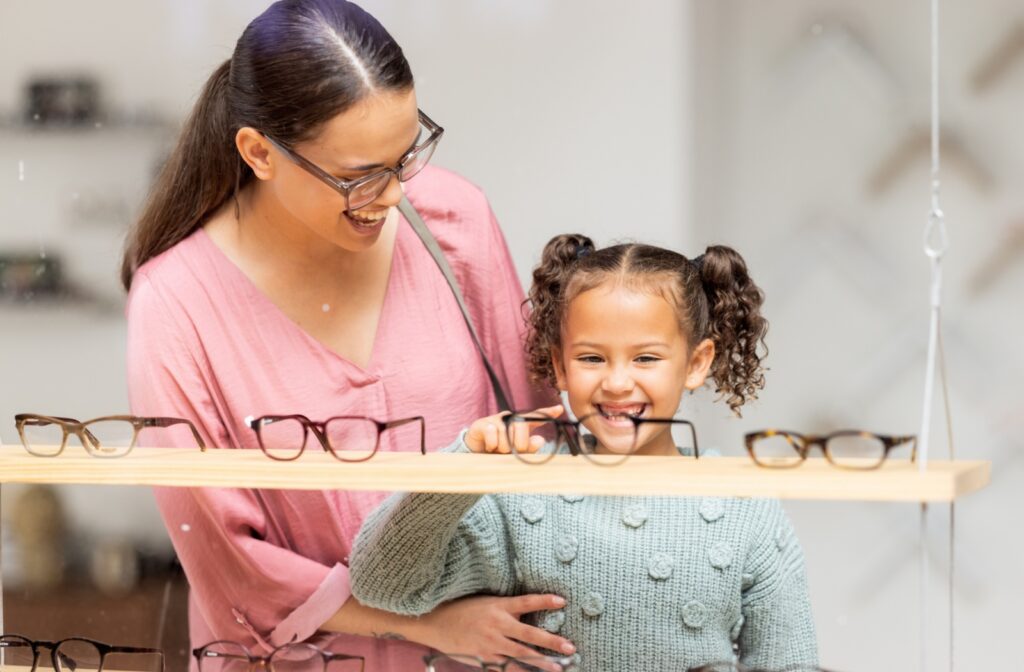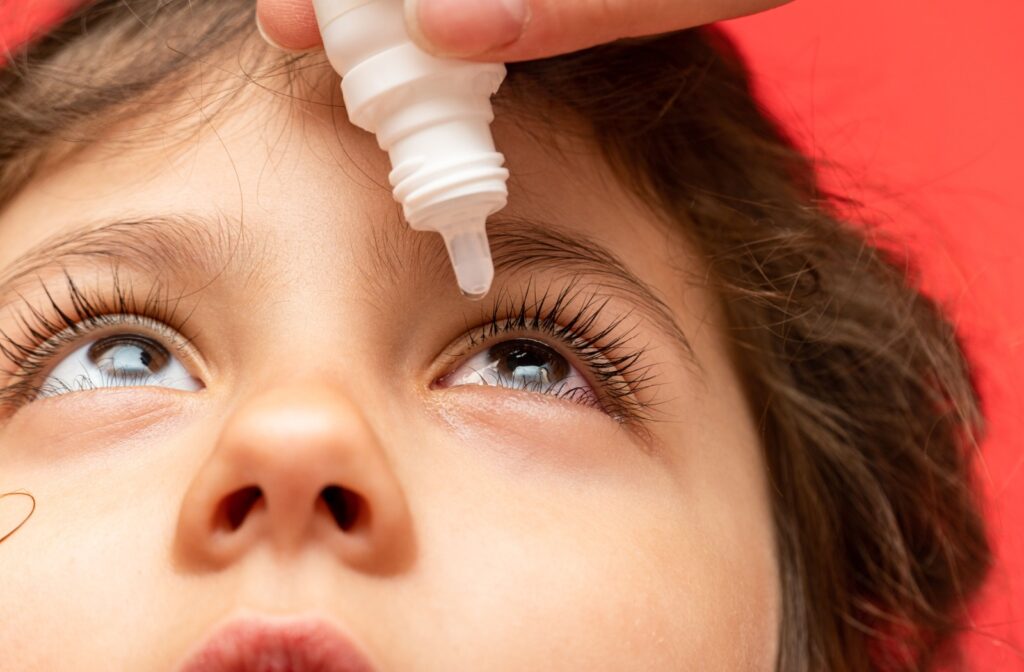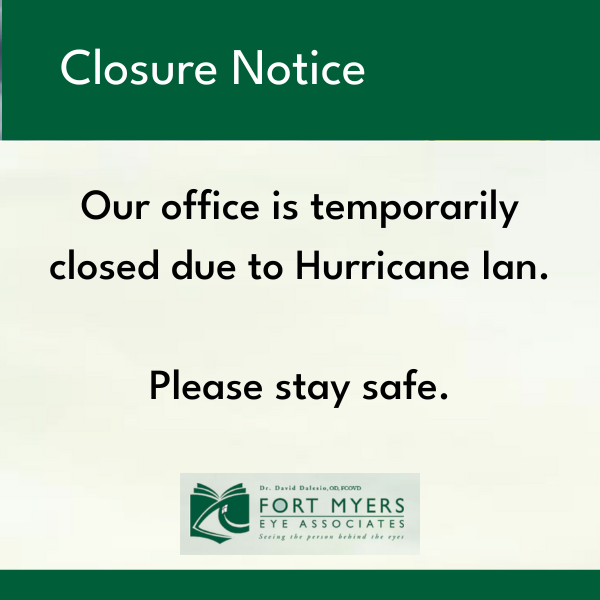Eye health is an essential part of a child’s overall well-being. From reading textbooks to playing outside, children rely heavily on their vision to engage with the world around them. That’s why seeking treatment when problems arise is so important. This, of course, includes using eye drops!
Unfortunately, when parents think of eye drops, they often picture trying to convince their child to keep their eyes open long enough to get the drops in. This common hesitation may leave parents questioning whether eye drops are truly appropriate for kids.
Yes, kids can use eye drops—but not all types are suitable. Their safety and effectiveness depend on factors like the type of drops and the condition being treated. Before using drops, you should ask for guidance from an eye care professional.
Types of Eye Drops for Kids
Not all eye drops are created equal. Here’s a look at the most common types of eye drops used by kids:
- Artificial tears: Ideal for temporary relief from dry eyes that may result from allergens, screen time, or environmental factors.
- Antihistamine drops: These help soothe irritated eyes caused by allergies and reduce puffiness, redness, and itchiness.
- Prescription drops: Medicated options like antiviral, antibacterial, or antifungal eye drops can treat infections such as pink eye or styes under the supervision of an optometrist.
- Low-dose atropine drops: Often used in myopia control to slow the progression of nearsightedness in children.
Consult with an optometrist before using any eye drops, as they can guide you towards the best options for your child’s age, symptoms, and medical history.
Why Early Eye Care Matters
Eye care during childhood is as critical as other aspects of healthcare, such as dental checkups or pediatric visits. Many parents don’t hesitate to prioritize orthodontics or extracurricular activities, but eye health often takes a back seat.
Early detection and intervention for any eye-related issue is vital. Eye conditions like myopia (nearsightedness) or eye infections, if left untreated, can progress and result in more complex issues. Treating eye problems as they appear can help children thrive academically, socially, and physically.

Addressing Concerns About Eye Drops
Parents naturally have concerns about using eye drops for their children. Hopefully, addressing the most common questions and worries can give you peace of mind.
First and foremost, many eye drops are made for children. Most over-the-counter eye drops, such as artificial tears, are generally safe for short-term use. However, medicated eye drops should only be administered under the recommendation or prescription of an eye doctor.
Check labels for age-appropriate formulations. Some products might label themselves as “for kids” or they may have an age range in their directions. If you’re ever unsure, your optometrist is ready to answer your questions and make recommendations.
Applying Eye Drops Safely & Effectively
Here are the steps to help you get through the process of applying eye drops with minimal stress:
- Wash your hands to avoid contamination.
- Ask your child to look up and slightly away from the dropper.
- Stabilize your hand on their forehead to prevent unintentional movement.
- Position the dropper about an inch above the eye and aim for the lower eyelid (not the tear duct).
- Administer the prescribed number of drops.
How Do I Get My Child to Use Eye Drops Without a Fight?
Any parent can tell you that administering eye drops can be a challenge, but it doesn’t have to feel like a battle. Here are practical tips to make the process smoother:
- Distract your child with their favorite toy or video, or allow them to hold a stuffed animal for comfort.
- Use a demonstration by applying drops to yourself first (as long as they’re not medicated!) or to a toy that the child loves—this shows them that eye drops are harmless.
- Have your child lie on their back to avoid them flinching or blinking too much. Gently hold their head in place while dropping the solution near the lower eyelid.
- Offer positive reinforcement with praise, cuddles, or a small reward once it’s done—this builds trust and may encourage them to be more cooperative next time.
Quality Eye Care Is an Investment in Your Child’s Future
Just as you wouldn’t neglect dental braces or annual health checkups, you don’t want to overlook the needs of your child’s eye health. Kids rely on clear vision for learning, playing, and growing. Think of eye health as an investment that pays dividends in your child’s success and quality of life.
At Fort Myers Eye Associates, we specialize in providing compassionate, high-quality eye care tailored to children’s needs. Whether it’s finding the right eye drops, conducting a thorough exam, or starting a myopia control plan, we’re here to support your family every step of the way.
If you’re unsure what eye drops are right for your little one or suspect an underlying issue, our team is here to help.
Schedule an appointment and give your child the gift of healthy, vibrant vision!





